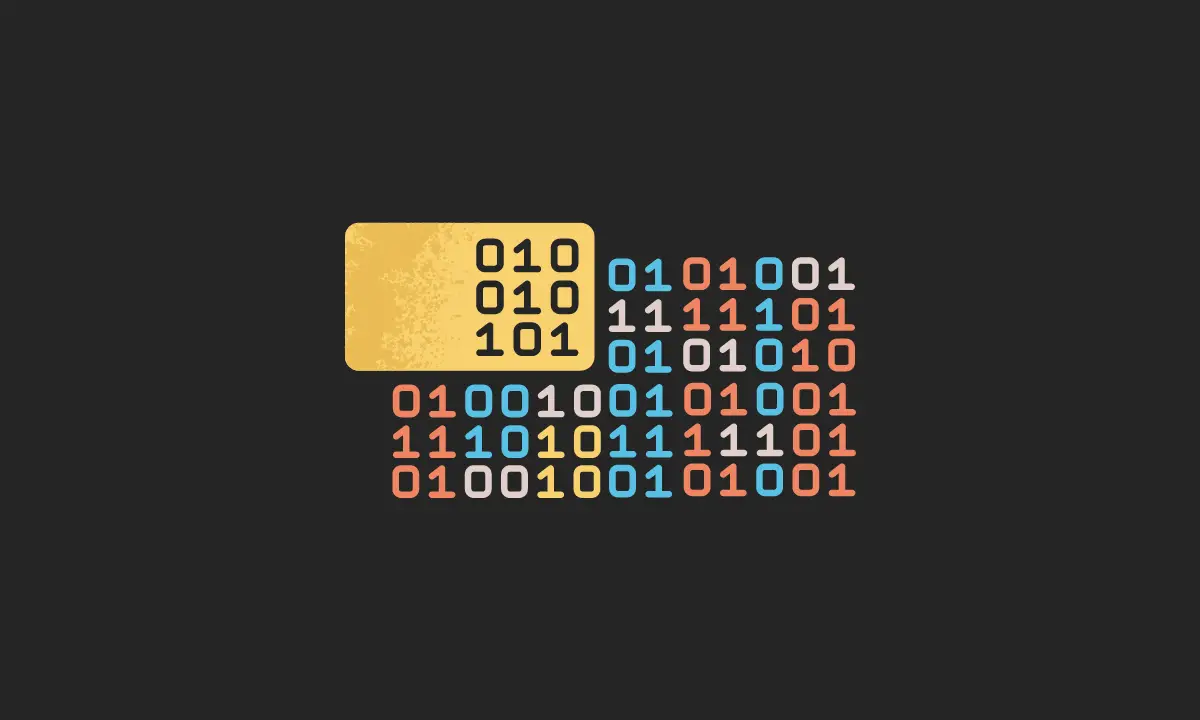With the help of a binary code translator, it is now simple to convert binary to the English alphabet. A binary code translator is a program that takes binary information and turns it into text that can be read and printed. Converting it to data is now a simple process. This takes zero effort on your part (no need to sign up or install anything), and it just takes a few seconds.
What is a Binary code translator?
A binary code translator is a web-based service that provides a translation from binary to text or another numeral system. Since there are only two possible digits in a binary number (zero and one), understanding or communicating with a computer using binary is highly challenging for humans. Because of this, many programmers choose to utilize a binary translator as an alternative.
A bridge between machines and people can build quickly and simply with a binary translator. A binary translator converts binary to text when communicating with a human and between text to binary when speaking with a server since humans can understand the text languages. Thanks to this translation, sharing information is a breeze for both parties.
What is Binary?
The binary numeral system consists of the two numbers 0 and 1, which are used to solve various problems. This numeral system is widely used in computer science, electronics, and wireless networking, as well as in processing data at the network layer. A computer only “speaks” the language of binary. Because of this, it has quickly become one of the most often used expressions in the online community. You can use this binary converter if you need to convert binary to text.
ASCII and its significance
ASCII is an abbreviation for the American Standard Code for Information Interchange. It’s an American Standard Association (ASA) text encoding system created in the 1960s. The original purpose of the ASCII character set was to facilitate faster and more accurate text display, transmission, and input on computers.
The basic ASCII table utilizes numbers and characters from the English alphabet, eliminating a lot of possible information that a computer would normally have to understand or translate. Foreign letters and symbols are represented using extended ASCII codes.
The characters you write on your keyboard are translated into binary numbers that your computer can interpret. This conversion would be tedious for humans to perform repeatedly, but computers are designed to use data in this format and can do so at incredible speeds.
Converting from binary to ASCII
ASCII was designed to encode 128 specific seven-bit integer characters and was originally based on the English alphabet. Ninety-five printable encoded characters are available, including the numbers 0 through 9, the lowercase letters a through z, the capital letters A through Z, and various punctuation marks. In addition, the original ASCII specification included 33 non-printing control codes that originated with Teletype machines; most of these are now obsolete, but some, like the carriage return, line feed, and tab codes, are still commonly used.
What Are the Benefits of Using the Binary Code Translator
To represent text in the binary number system, only “0” and “1” are used. There could be several combinations of 0 and 1, which might cause misunderstanding. To figure out that and transform it into easily accessible characters or words, you may utilize a binary code translator to translate or convert binary code to text format.
Deciphering a binary code previously required the use of a formula for mathematical calculations, making the process tedious and time-consuming. However, this can be done instantly with the help of a binary converter or decoder.
Some challenges and justifications for encoding plain text are outlined below. For example,
- Some systems only support a limited range of characters; when operating at bit depths lower than 8-bit clean, these programs sometimes struggle to display the full range of printable ASCII characters.
- For example, “1000 characters per line” may be a hard limit imposed by some systems on the amount of text that can appear before and after a line break.
- Some haphazardly constructed protocols used as strings might provide unexpected results in the message. The best-known is the string “From” at the beginning of a line used to split mail messages in the box file format.
How to use the Binary Translator
The process of using a binary converter is straightforward and uncomplicated.
- Get the Binary Code Translator tool.
- Please copy and paste the binary code into the box below.
- Choose the desired character encoding method from the dropdown menu. The “ASCII/UTF-8” option is chosen automatically.
- To begin the conversion, select the “Convert” option.
- The system takes your input and returns the appropriate data.
Conclusion
Converting binary code into ASCII is sometimes necessary to provide clarity to the audience regarding the information that is being presented. Binary numbers are only understandable by computers, so it is certainly essential to be converted when it comes to a person’s knowledge.

